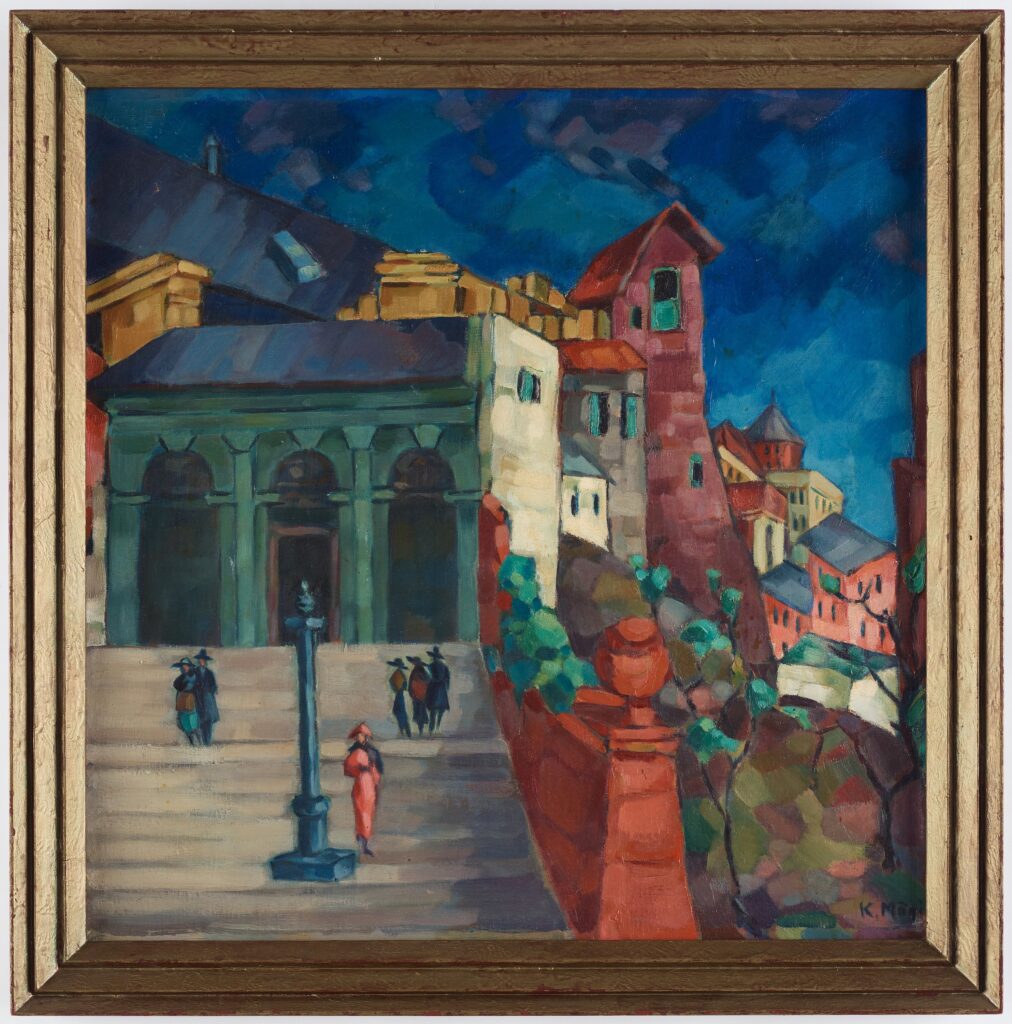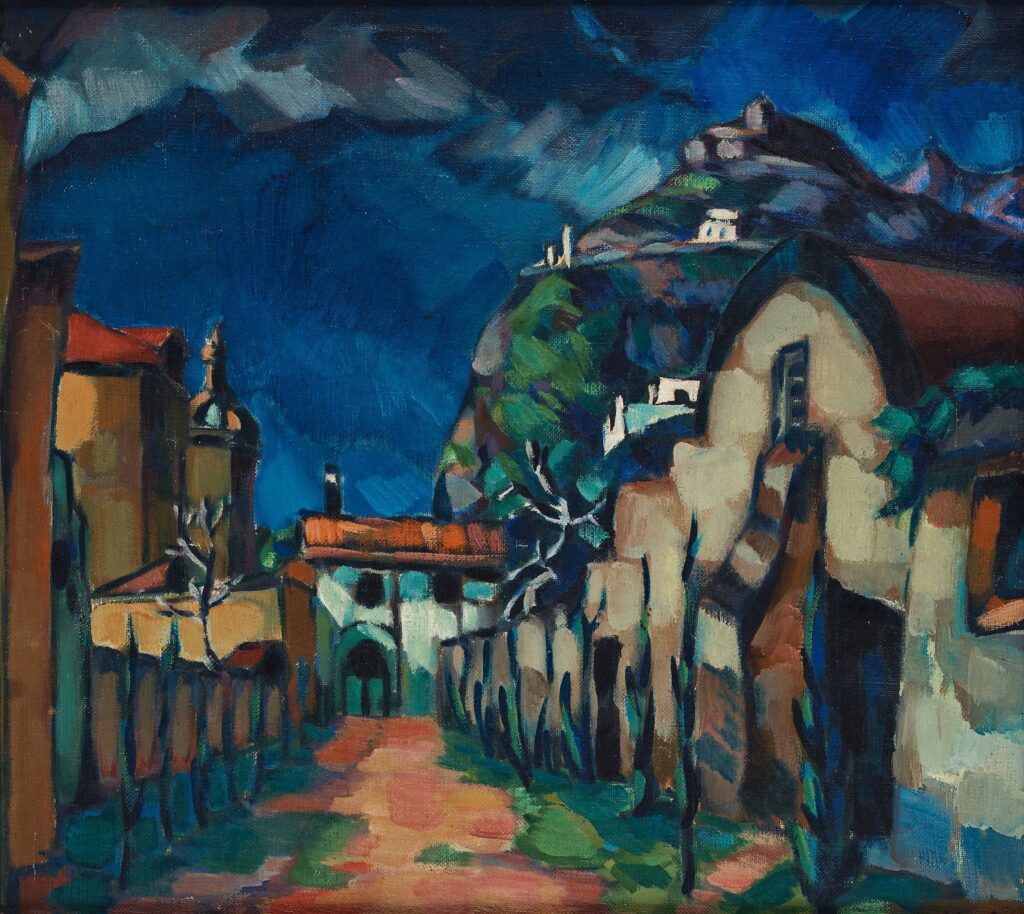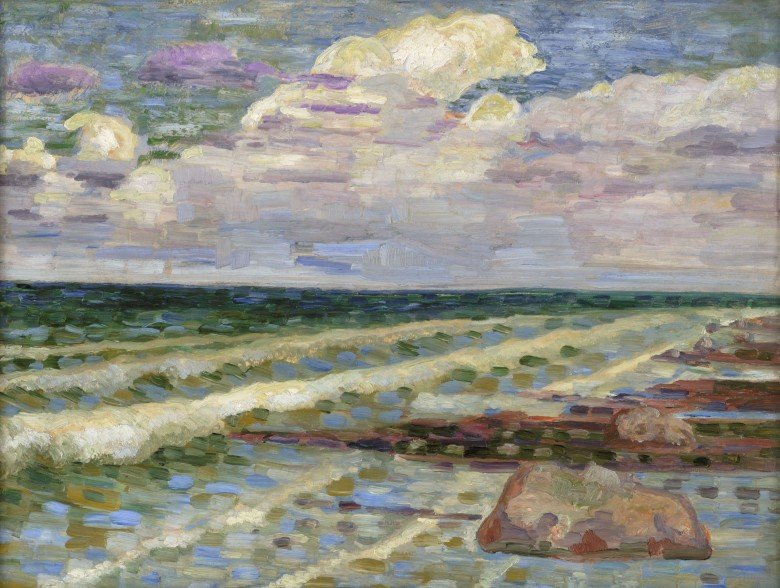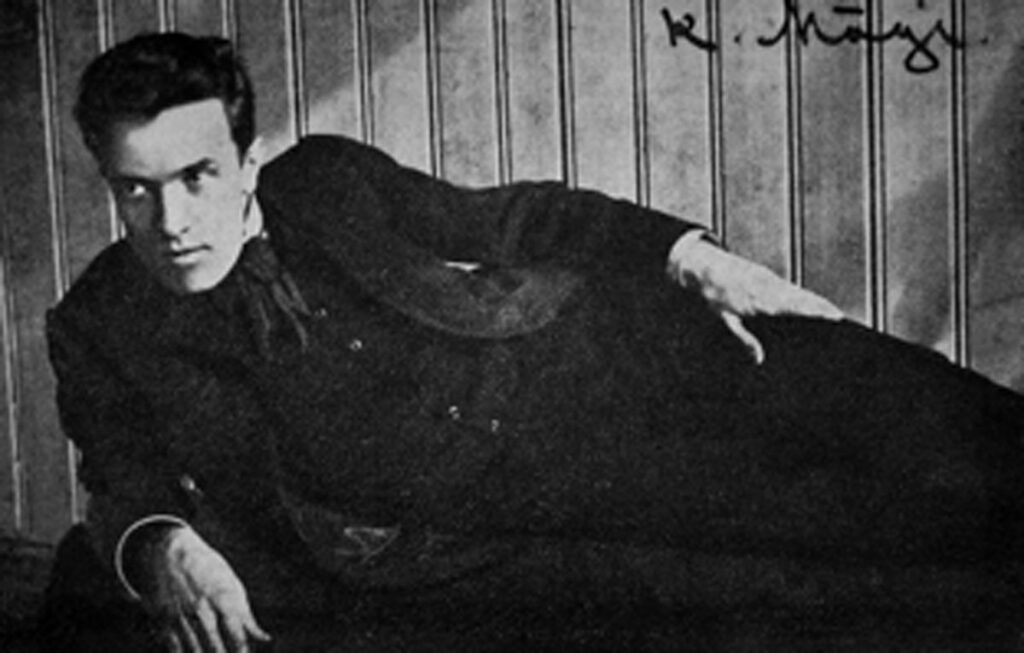Estonian artist Konrad Mägi’s painting “Rome” sold for €302,000 at the Swedish auction house, Bukowskis – a new record for Estonian art.
Mägi’s “Rome” was on the auction for an estimated price of €35,000, but its hammer price exceeded the estimate for almost ten times. The painting had once belonged to Aleksander Varma – a former prime minister of the Estonian government in exile.

Another of Mägi’s painting, untitled, was also sold – for €238,000. According to Bukowskis, both works were probably made during the early 1920s.
Until now, the most expensive Estonian artwork had been Johann Köler’s “Tatar Woman in the Garden of Mšatka Manor”, sold at an auction in Tallinn in 2008 for €172,000.
Bukowskis, established in 1870 in Stockholm, describes itself as “the leading auction house in Scandinavia”.

The first modern Estonian nature paintings
Konrad Mägi is considered one of the most important painters in the Estonian art history. Although his creative career lasted only 20 years, he had a significant impact on the art scene of his time and on subsequent developments.
Primarily known for his landscape paintings, he was one of the most colour-sensitive Estonian painters of the first decades of the 20th century. Mägi’s works on motifs of the Saaremaa island were also the first modern Estonian nature paintings.

Born in Rõngu Parish, southern Estonia, in 1878, Mägi received his elementary art education from the drawing courses of the German Artisans’ Society of Tartu. He continued his art education as an unattached student in St Petersburg, studying under Amandus Adamson, a renowned Estonian sculptor and painter.
In 1906, he spent the summer in Åland, Finland, together with his friendly circle of painters and writers. It was there where the 27-year-old Mägi started to paint more seriously for the first time.
Greater recognition after his lifetime
As was customary for artists of the time, Mägi also went to Paris, studying there at a free academy in 1907. After subsequent trips to Normandy (France) and Norway, he returned to Estonia in 1913 and founded the Pallas Art School in Tartu, which turned into the training ground for dozens of future artists. Mägi travelled to Europe once again in the early 1920ies, but his premature death in 1925 ended his intensive, productive and varied career as an artist.
Although Mägi’s art was appreciated during his lifetime, it took a long time before he received a greater recognition. At the beginning of the Soviet occupation of Estonia, Mägi’s art was blacklisted and all public exposure was banned. It was not until the 2000s that interest in his art increased again.
At present, his total production is estimated at around 400 paintings. Half of these are estimated to have been lost or destroyed.
Cover: A fragment from Konrad Mägi’s “Rome”. Photo by Bukowskis.


